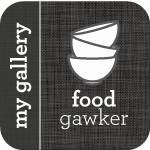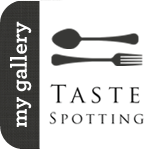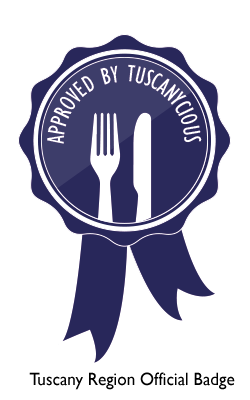
My family and I have recently been on a 9-day road trip to New Zealand’s South Island. It was amazing, really. I wish many people got the opportunity to visit this remote and breathtaking part of the world. That’s why I am sharing this South Island – New Zealand Guide with you today!
We had already visited the North Island (check out my post here), so this time we decided to stick to the South Island, also considering the fact that we only had 9 nights for our trip. That said, New Zealand is only a 3-hour flight from Sydney, so we can always go back. However, if you are coming from far away, I do suggest you combine the 2 islands into 1 single trip.

OUR ITINERARY
19/04/2019 Sydney – Christchurch – Oamaru
20/04/2019 Oamaru – Moeraki – Catlins – Gore
21/04/2019 Gore – Manapouri – Doubtful Sound – Te Anau
22/04/2019 Te Anau – Milford Sound – Te Anau
23/04/2019 Te Anau – Queenstown
24/04/2019 Queenstown – Glenorchy – Arrowtown – Queenstown
25/04/2019 Queenstown – Wanaka – Queenstown
26/04/2019 Queenstown – Mount Cook – Lake Tekapo
27/04/2019 Lake Tekapo
28/04/2019 Lake Tekapo – Christchurch
28/04/2019 Christchurch – Sydney
Before going into more details about our journey, let me give you some practical information that will help you plan your own trip.
HOTEL BOOKINGS
There are many sites where you can easily book your hotels in New Zealand, like Booking.com or HotelsCombined. Sometimes I also book directly with the hotels via email, so I have used both methods for this trip as well.
To decide on the hotels to book, I often read reviews on Tripadvisor and besides reading what other travellers have to say, I look at the pictures they took, as those don’t lie and I can get a better idea about the place. Always ensure that your booking can be cancelled any time before your stay, just in case…
INTERNET
All the hotels we stayed in had free wi-fi. So, keep that in mind when you decide whether or not you need Internet 24/7. We were going to rent a car and we wanted to use our mobile as a navigator, so we decided to get a SIM for my mobile.
We got our SIM here in Australia before leaving and then activated it when we arrived in New Zealand. However, you can also get one when you get there. The main telcos in New Zealand are Vodafone, Spark, and 2degrees. In terms of coverage, Vodafone and Spark are your best options. Spark is a little more expensive, but has a slightly bigger footprint than Vodafone, especially in more remote areas.
CAR RENTAL
For our road-trip, we rented a car (a normal sedan) with Ezi and picked it up (and returned it) at Christchurch airport. We had no issues with them and were quite satisfied both with the car and with the service.
However, you can find all the major (and a few local) companies in Christchurch, both at the airport and downtown.
EXCURSIONS
Doubtful Sound and Milford Sound – we went with Real Journeys and both experiences were flawless.
Tasman Glacier – we went with Glacier Explorers and we absolutely LOVED it.
Stargazing in Lake Tekapo – we went with Silver River Stargazing. We chose them because they had smaller groups and we thought they would be more suitable for kids. We were not disappointed.
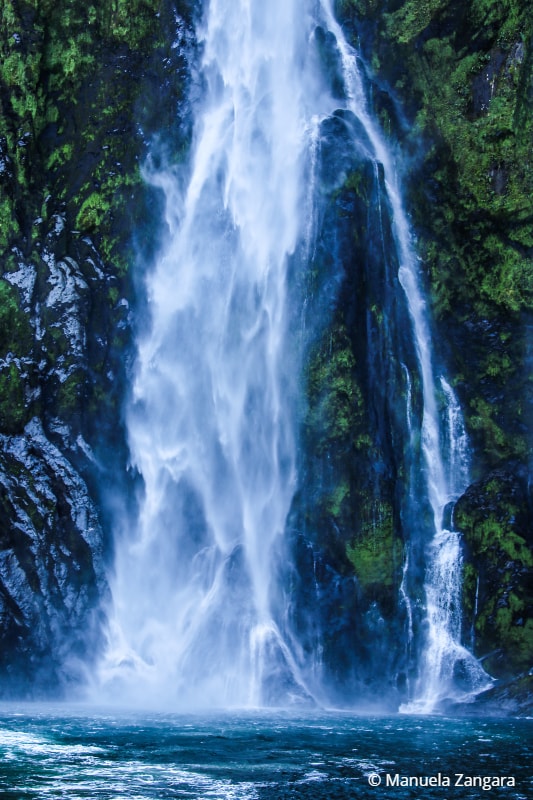
INTERNATIONAL FLIGHTS
We chose to fly Emirates between Sydney and Christchurch because their timetable suited us best and they were both direct flights. We had a very good experience. The planes were big and clean. The entertainment system was top class with games and movies from all over the world and in many different languages.
However, you can also reach Christchurch on Qantas, Air New Zealand, Virgin Australia, Jetstar, Singapore Airlines, Fiji Airways, LATAM, and China Southern.
WHEN TO VISIT
The seasons in New Zealand are directly opposite to those in the Northern Hemisphere and are the same as those in Australia. New Zealand’s climate can best be described as being extremely variable, and anything except tropical.
Summer – December to February
Travelling in summer has the advantage of the best overall weather. However, the biggest disadvantage is that it is also the busiest time of year for both local holidaymakers and international tourists. As a result prices tend to be significantly higher, and accommodation in some areas can often be difficult to find.
Autumn – March to May
Autumn in New Zealand is a time of spectacular changes in colours, with vivid browns, reds and golden leaves. This is especially the case in Wanaka and the Otago region of New Zealand in the South Island. This is always one of the best times to travel to New Zealand and this is when we went!
Winter – June to August
It can be cold and rainy. I would only go in winter if you want to ski!
Spring – September to November
Spring is a great time of the year to visit New Zealand. The Southern Alps and mountains are still majestic with their snow covering. Spring is also the time when the new flowers and leaves start appearing. There is no better time than spring to take in the gardens and parks of Christchurch. Also, you could make a visit to Otago and Dunedin, with its many historic gardens, or Alexandra with its blossoms and annual spring festival.

HOW TO PLAN YOUR ITINERARY
A trip to New Zealand is very easy to organise on your own because there is a ton of information available on the web. Here are the sites that I highly recommend you read when planning:
TripAdvisor – to find hotel and restaurant ratings. There are also great forums with friendly people who give very good advice.
Lonely Planet Thorntree – a good forum.
Find images of places/cities/attractions to see what they really look like and if you’d like to see them.
Google Maps – useful for planning, but above all while there. We used the navigator part quite a bit to get from one place to the other.
OUR JOURNEY
I am going to write a specific post/guide on each place with more details, however, what follows is a summary of our journey.
We landed in Christchurch and after picking up our rental car, we drove straight to the town of Oamaru, where we spent our first night in New Zealand.

Oamaru is a little town with a beautifully conserved centre. Everywhere you look there are buildings made in local limestone. The Victorian ranks as one of New Zealand’s most impressive streetscapes.
In August 2016 Oamaru made it into the Guinness Book of World Records for the largest gathering of steampunks in the world, a term that was coined in the 1980s and is based on imagining inventions the Victorians might have created for the modern world.
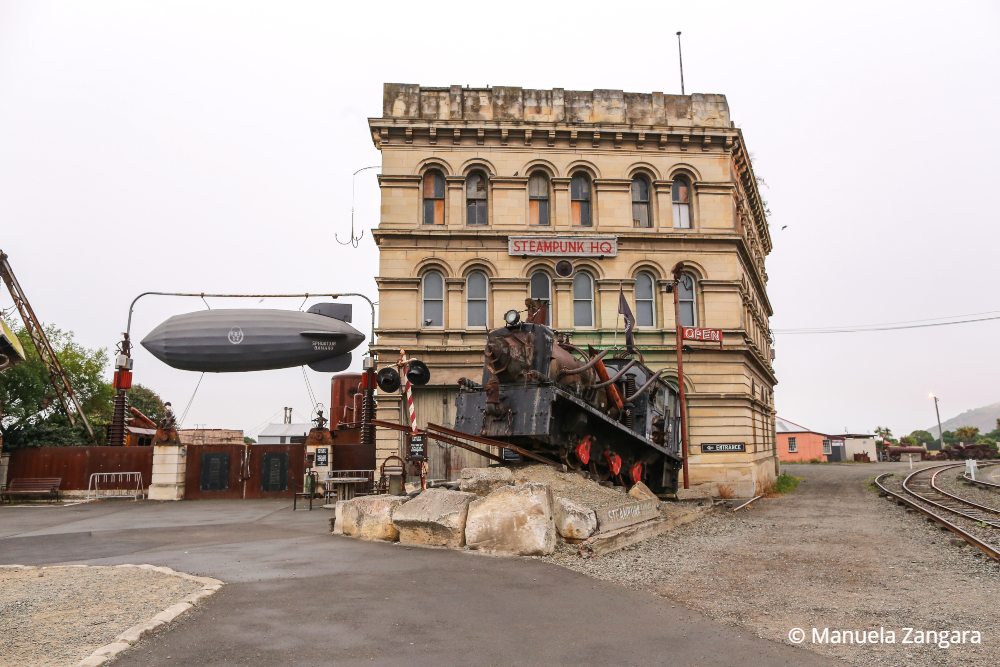
A colony of little blue penguins lives in a disused quarry on the harbour not far from the historic precinct. Further south just outside town, a colony of yellow-eyed penguins at Bushy Beach also attracts Eco tourists.

The next day we went to see the Moeraki Boulders. The Moeraki Boulders are unusually large and spherical boulders lying along a stretch of Koekohe Beach on the Otago coast. Make sure to visit at low tide, or you may not be able to see them!

Then we entered the Catlins area. There are many things to see and do in this area, but we only had time for 2: Nugget Point and Purakaunui Falls.

The lighthouse at Nugget Point is very nice, but the main attractions are the rocks that look like nuggets just in front of it.

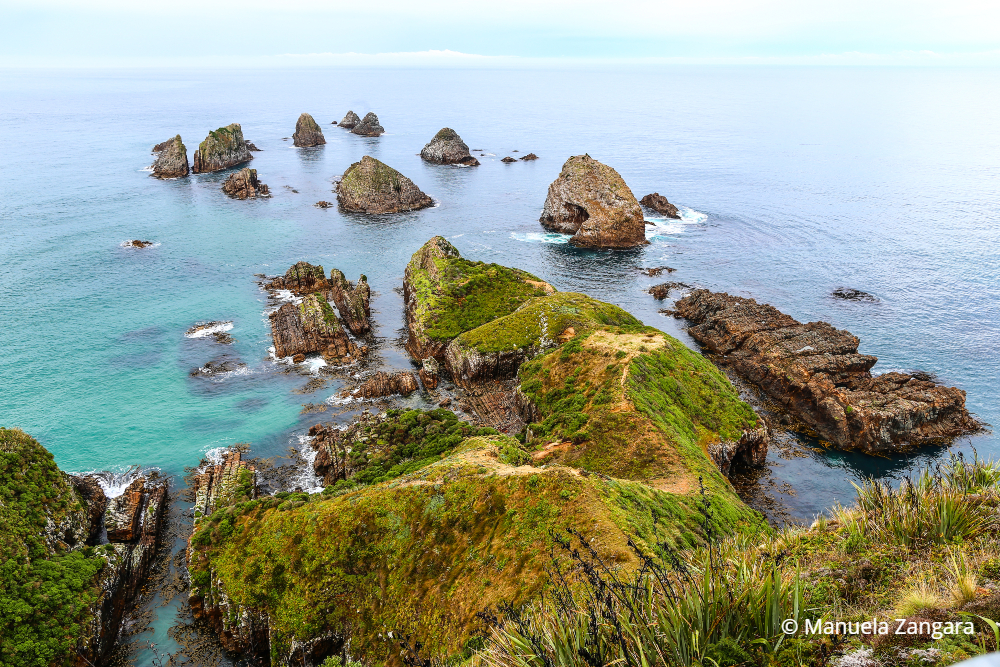
Purakaunui Falls are beautiful too, although not very big.

After that, we drove to Gore where we spent our 2nd night in New Zealand.
The following day we had a very early start, as we had to drive all the way to Manapouri by 7:30AM for our excursion to Doubtful Sound.
Doubtful Sound is a fjord in Fiordland, in the far southwest of New Zealand. It is located in the same region as the smaller but more famous and accessible Milford Sound.

In fact, it is a full-day excursion that starts from Lake Manapouri.

Then you board a bus that takes you to the fiord itself while passing through dense native rainforest.

Doubtful Sound is impressive. Even more than Milford Sound!

After the excursion, we drove to Te Anau where we spent the night.
The following day we took the excursion to Milford Sound. We drove on the Milford Road all the way to the start point of the excursion itself. This road is much more than a way to get to Milford Sound. It’s an unforgettable journey into the heart of Fiordland National Park, and just as impressive as the destination itself.

We stopped at the Eglinton Valley. The slow march of the glaciers carved out this alpine valley eons ago and it was stunning with the fog.

We also stopped at Mirror Lakes… look at the amazing reflection in the lakes!

The Chasm was our last stop before arriving at Milford Sound. We took a short walk into the forest to see these amazingly powerful waterfalls.

Then we took a boat to explore Milford Sound, which is known for Mitre Peak, its rainforests and waterfalls like Stirling and Bowen falls, which plummet down its sheer sides.

The fiord is home to fur seal colonies, penguins and dolphins.

The boat trip takes about 1 ½ hours and it is not rough at all (unlike the Doubtful Sound boat excursion!).


After spending another night in Te Anau, we left for Queenstown.
At first, we were shocked by the number of cars and people we saw in town. Up until then, we had only been to very small, sleepy towns and natural spots, so the change in pace was quite unexpected. However, Queenstown is a beautiful place!

The first thing we did was to take the gondola and go see the panorama, which was breathtaking.


The following day we drove all the way to Glenorchy, which, to be honest, did not impress us. Too many noisy tourists. 😉
On the way back, we stopped by a secret place that a person working at our hotel had recommended: Moke Lake.

A piece of heaven. It was quite and so pretty.


Even the road to get to it was stunning. We were also very lucky because the sun was shining at that point and the colours came through beautifully.


In the afternoon, we visited Arrowtown, a charming gold rush village nestled below the beautiful peaks that surround the sparkling Arrow River. There are lots of shops and restaurants, but to me the highlight were the beautiful autumn colours.
Then we went for a walk around town and Lake Wakatipu. The autumn colours were beautiful here as well.
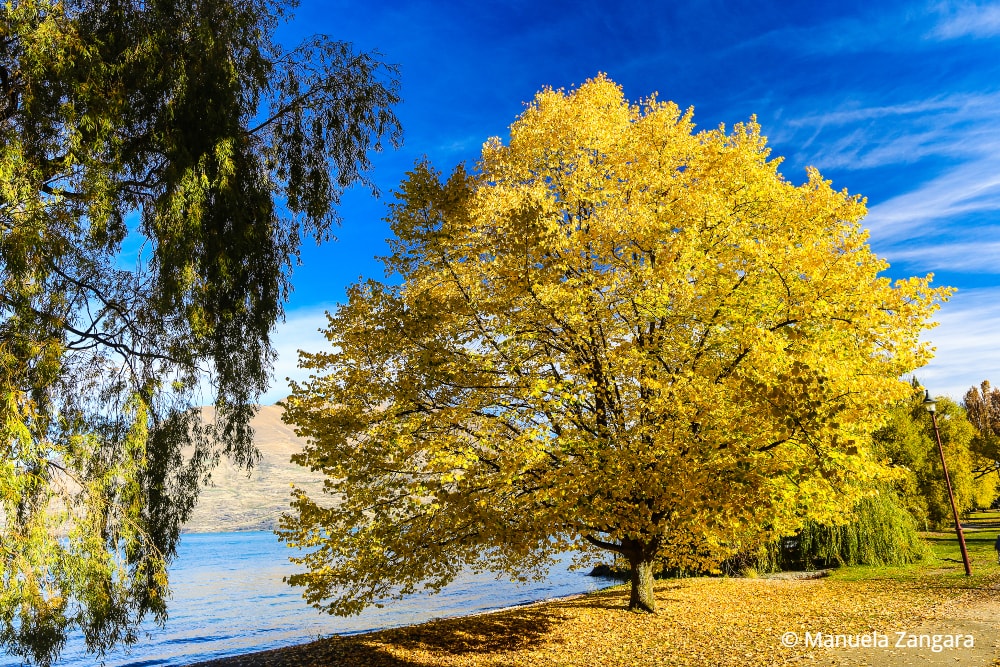

The next day we went to Wanaka, the gateway to the Southern Alps’ Mount Aspiring National Park, a wilderness of glaciers, beech forests and alpine lakes.
We immediately visited #ThatWanakaTree, a lonely tree that has grown up just offshore at the south end of Lake Wanaka. It is said to be one of the most photographed trees in all New Zealand.


As the main tracks were closed when we visited, we did 2 short hikes.
The first one was Diamond Lakes. The day was beautiful and the colours stunning.


Look at the view!

The second one was Iron Mountain track that takes you all the way up the mountain with spectacular views of the town.


The following day we drove to Lake Tekapo via Mount Cook, where we stopped for the best excursion ever: the Tasman Glacier!

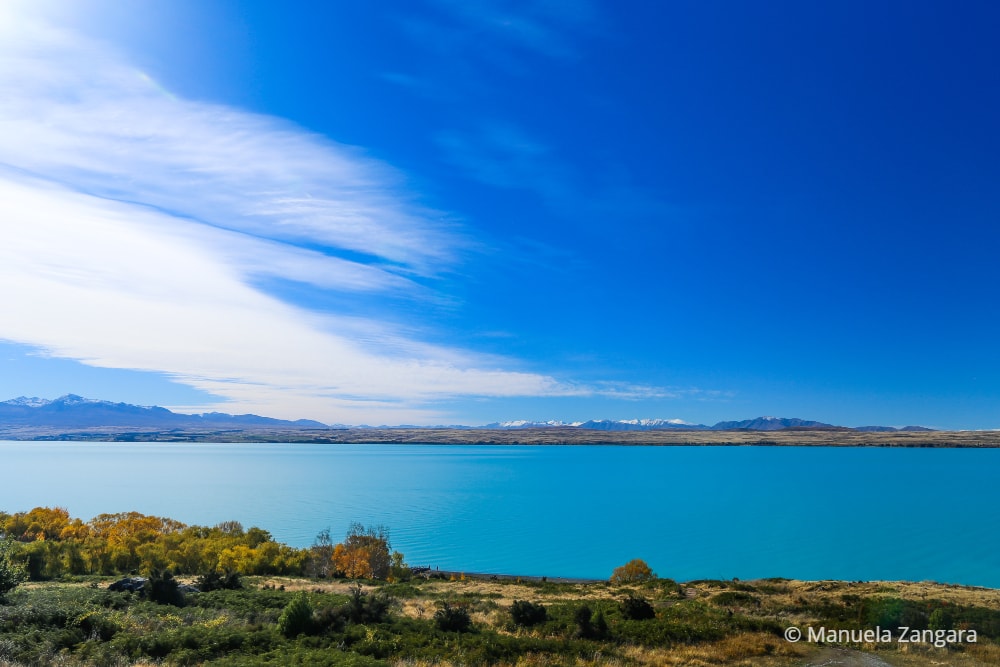

In fact, we rode speed boats right in front of the glacier, among gloating icebergs.
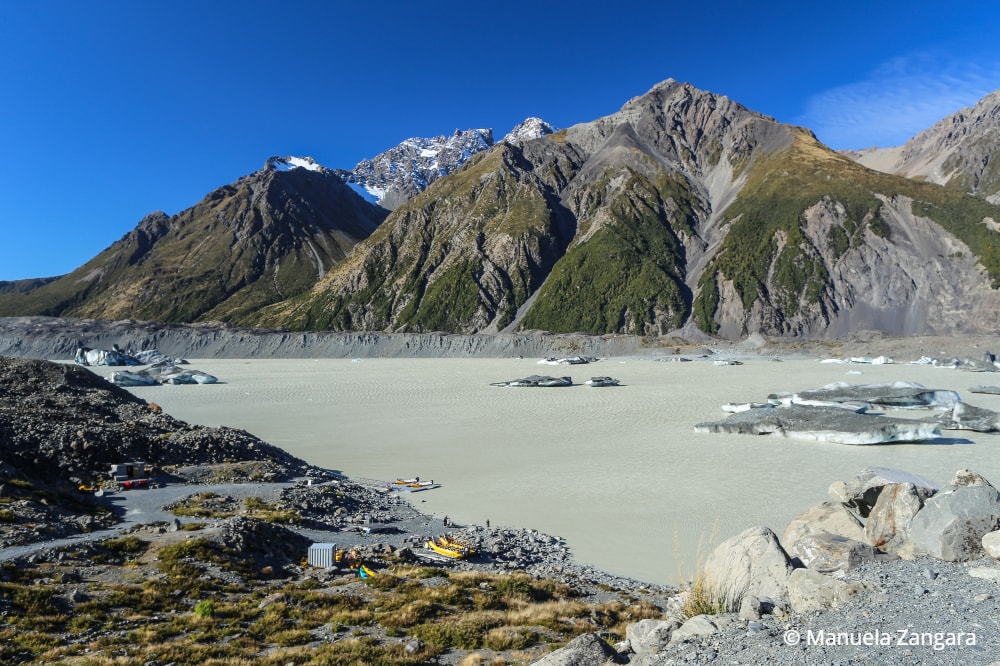


It was so amazing! Highly recommended.


That same night, we took a guided excursion to see the starry sky around Lake Tekapo.


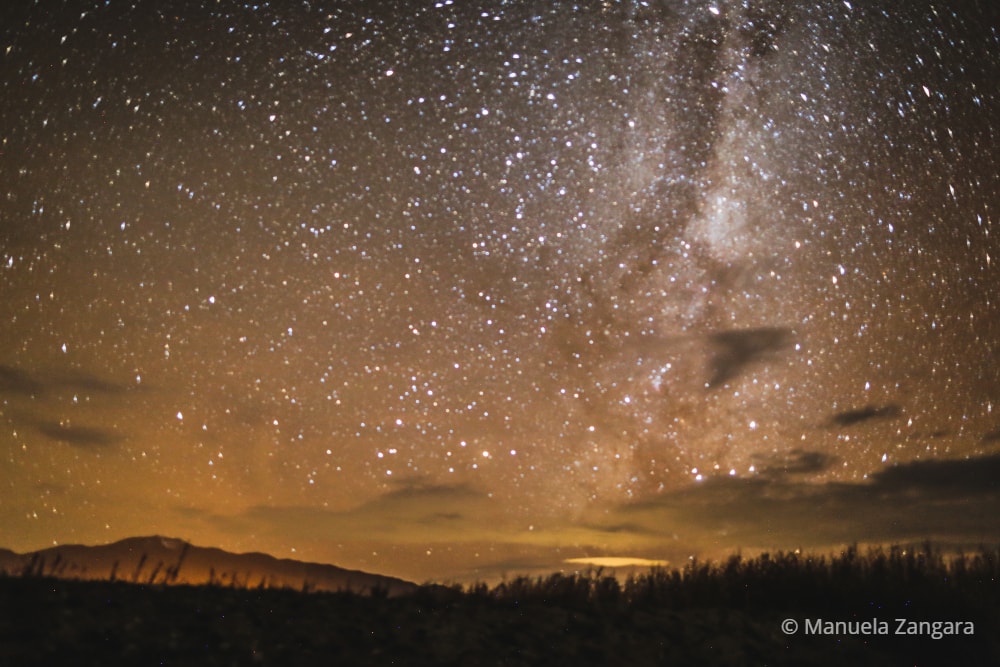
In fact, Lake Tekapo is part of the dark sky reserve, which is one of the world’s best places for stargazing. It was an unforgettable experience.
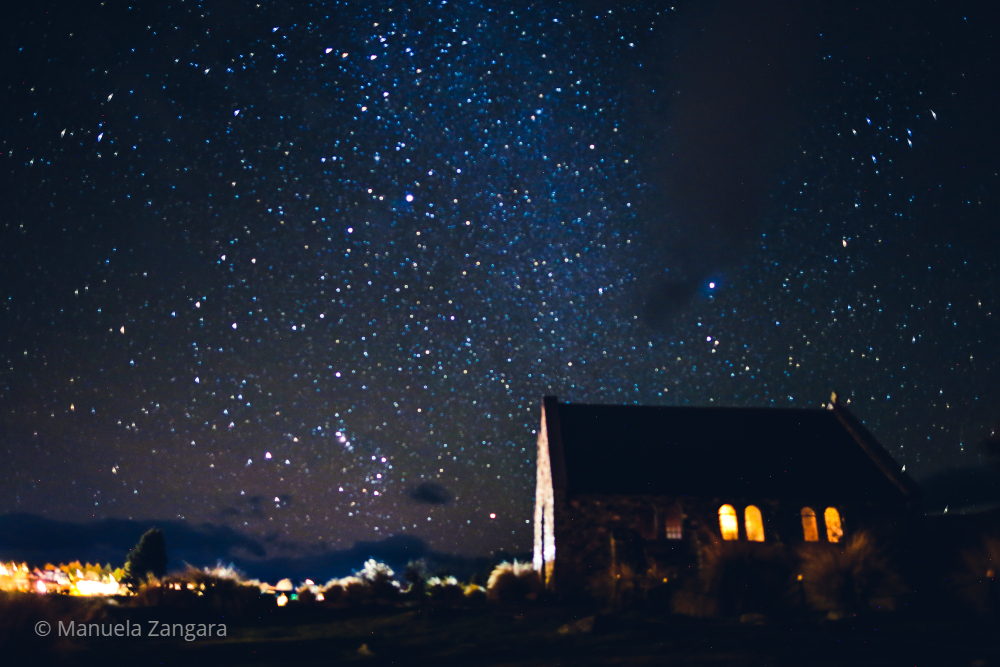
Lake Tekapo is also famous for its Good Shepherd Church which was built on the shore of its breathtakingly blue waters.

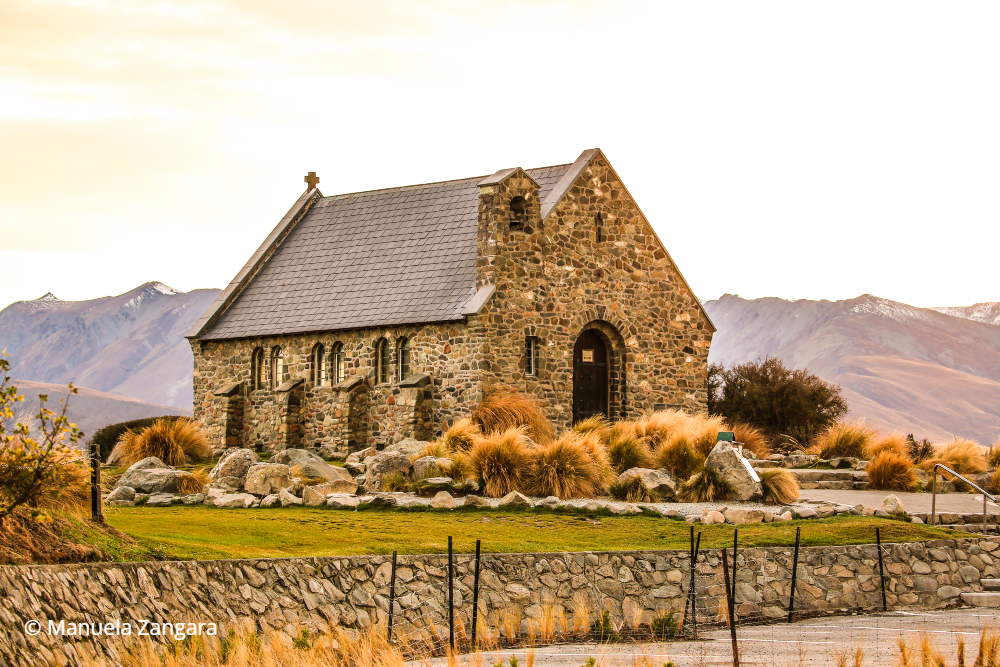

And obviously for its lake.

Lake Tekapo was the final stop of our road trip. We then went back to Christchurch from where we flew back home.
CONCLUSION
Needless to say, we LOVED it. It was an easy-to-organise holiday and we got to see some breathtaking scenery and places.
Highly recommended! If you have any questions, leave a comment and I will be happy to help out!
Don’t forget to PIN this guide!

RESOURCES ON MSM
TRAVEL IN NEW ZEALAND
North Island – New Zealand Guide

